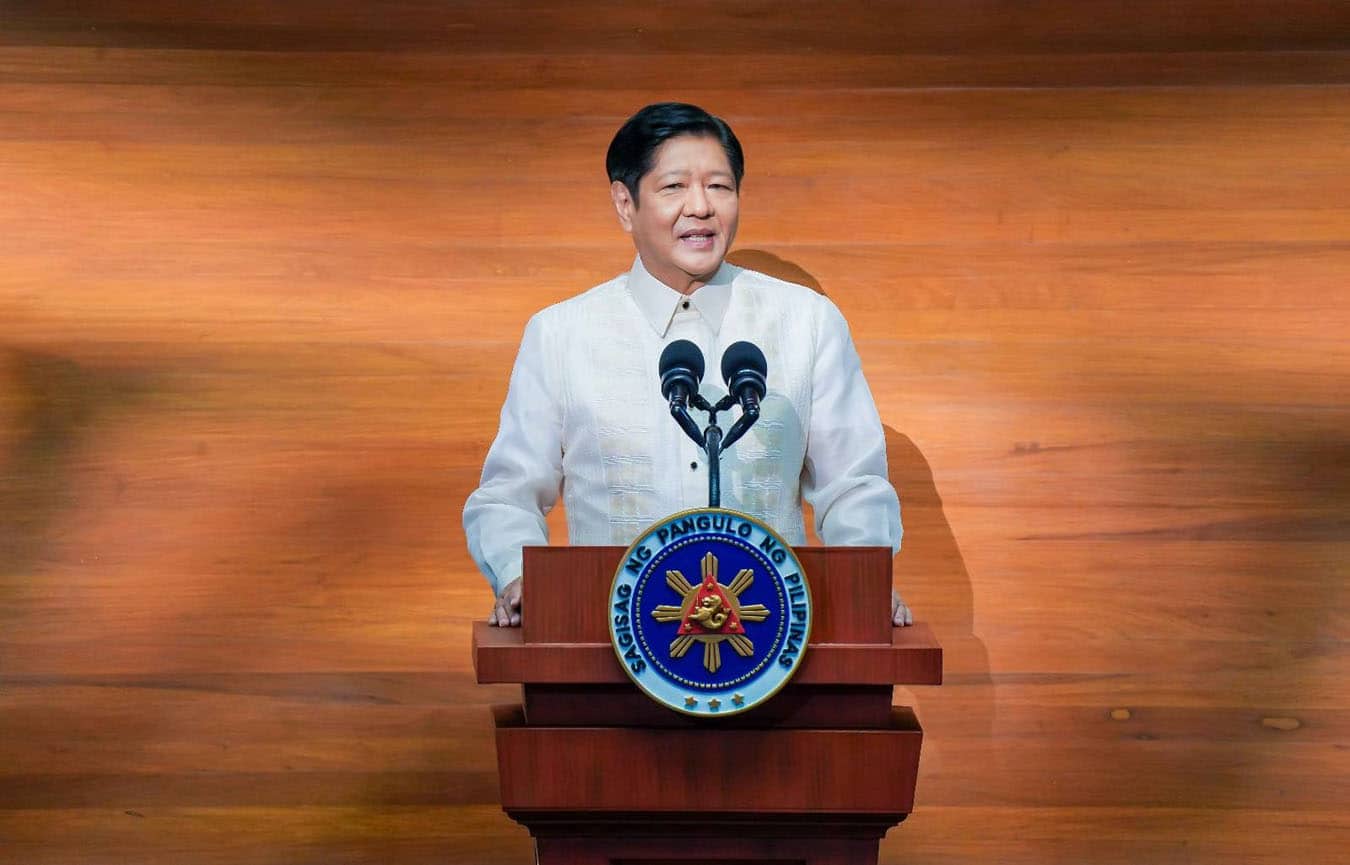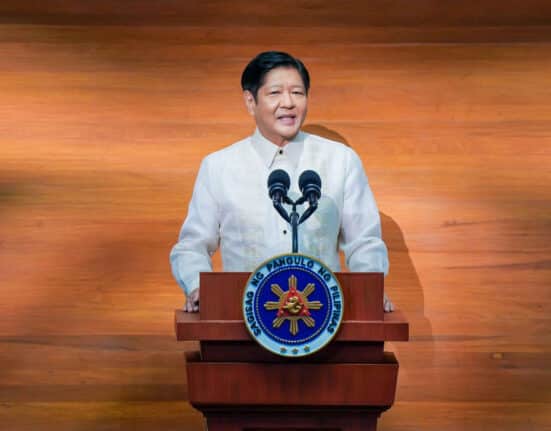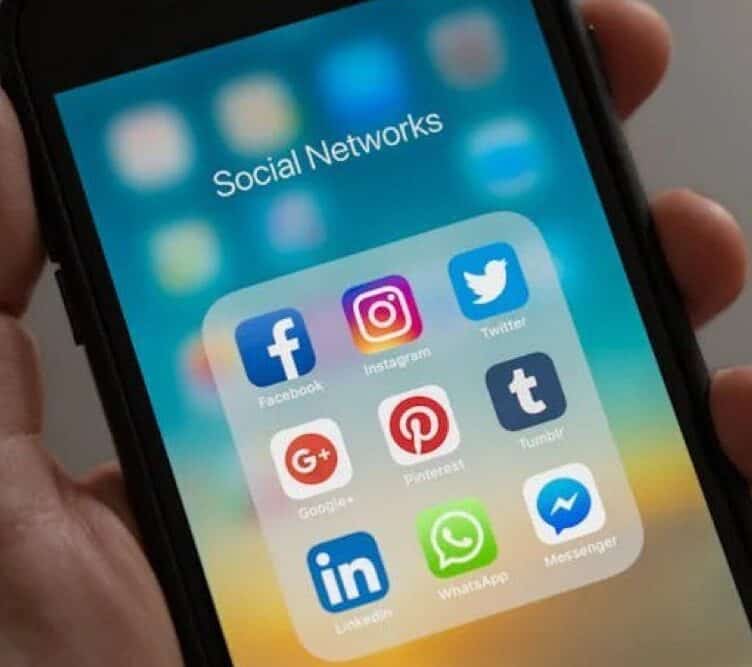ONE of the highlights of the second state of the nation address of President Ferdinand Marcos Jr. was his plan to modernize how the government does things by committing fully to digitalization.
“Government must fully embrace digitalization to provide better service to the people, through its vital frontline services and its back-end functions,” Marcos said.
The President envisions a host of benefits arising from this; it’s more than just updating systems and migrating things online, after all.
Marcos said the shift to digitalization would enable the government to undertake data-driven and science-based planning and decision-making.
This would also promote transparency and help address graft and corruption, he added.
To show that the administration is ready, he said it has launched the eGov PH app, which would integrate all key government services for the public’s convenience.
He directed all government offices to see to it that their vital services are digitized.
In connection with this, the President vowed to upgrade the country’s internet infrastructure, prioritizing geographically isolated and disadvantaged areas so that the residents here could avail themselves of online services and participate in the digital economy.
He also said the digitalization efforts would boost digital payments, which has been increasing and helping make transactions more efficient.
This, in turn, would help spur economic growth.
Moreover, the President plans to secure economic development by integrating his economic agenda with climate change commitments.
With these courses of action, the public stands to win.
What people can look forward to
Let’s break down the different ways in which the administration’s commitment to digitalization and the use of technology will benefit the people and the economy.
- Job Creation: The digital transformation efforts can lead to job creation in various sectors, such as IT, telecom, and digital services. These are high-value jobs that can contribute significantly to raising household incomes.
- Attracting Investments: A digitally-savvy economy with a strong technological infrastructure can attract more foreign investments, especially from tech-based companies, further stimulating economic growth.
- Enhancing Competitiveness: Digitalization can significantly enhance the country’s global competitiveness by improving the ease of doing business, thus making the Philippines an attractive destination for entrepreneurship and innovation.
- Boosting Government Revenue: The efficiency brought by digitalization in areas like revenue collection can boost government income, which can be used for public welfare measures and infrastructure development.
- Improving Access to Services: The use of technology in delivering public services, such as healthcare, education, and social services, can ensure they reach the most remote and underserved areas, improving living conditions and quality of life.
- Strengthening Financial Inclusion: Digital payment systems and fintech innovations can help extend financial services to the unbanked and underbanked segments of the population, promoting financial inclusion and economic empowerment.
- Enhancing Transparency and Reducing Corruption: Digitalization can improve transparency in government transactions and reduce opportunities for corruption, which can foster public trust and create a more conducive environment for economic growth.
- Promoting Sustainable Development: By integrating the climate change agenda with its economic and digital policies, the government is promoting a sustainable form of economic growth that balances development with environmental preservation.
- Boosting SMEs: Digital platforms and tools can empower small and medium enterprises (SMEs) by providing them access to new markets and customer bases, enhancing their growth potential.
- Upskilling and Reskilling: The focus on digitalization will necessitate upskilling and reskilling initiatives, providing the Filipino workforce with the skills needed for the digital age and improving their employability.
All of these show how digitalization and technological modernization can be drivers of sustainable economic growth, create job opportunities, enhance public services, and improve the quality of life for Filipinos.
What does this say about the administration?
The administration’s priorities indicate that it is willing to venture into new frontiers and to engage in innovation to bring improved services to the public.
Here are some takeaways about the approach of the Marcos government:
- Forward-Thinking: The emphasis on digitalization and technological modernization underscores the government’s forward-thinking and progressive approach. It recognizes the role of technology in shaping the future and is taking proactive steps to ensure the Philippines is at the forefront of these changes.
- Data-Driven Decision Making: The government’s reliance on data-driven and science-based decision making shows a commitment to making informed, rational choices that are best for the country and its people. It indicates a rejection of decision-making based purely on intuition or traditional practices.
- Commitment to Transparency and Anti-Corruption Efforts: The government is leveraging digital tools to enhance transparency and combat corruption. This suggests a commitment to good governance and a dedication to building a fair and just society.
- Economic Resilience: By attracting strategic investments and implementing economic reforms, the Marcos government demonstrates its dedication to building an economically resilient Philippines. This resilience will help the country withstand external shocks and ensure long-term, sustainable growth.
- Inclusive Growth: The digitalization efforts, including initiatives like the eGovPH and the National ID system, aim to make government services more accessible to all Filipinos. These indicate a focus on inclusive growth, where progress benefits everyone, not just a select few.
- Emphasis on Sustainability: The integration of the climate change agenda with the economic agenda reveals an understanding of the importance of sustainable development. It shows a commitment to preserving the country’s natural resources for future generations.
- Empowerment of SMEs: The government’s support for SMEs through digital tools shows an understanding of the pivotal role these businesses play in the economy. It’s a recognition of their potential for job creation and their contribution to regional economic development.
- Prioritizing Skills Development: The government understands that to reap the benefits of digitalization, it’s essential to have a workforce equipped with the necessary skills— thus, the focus on upskilling and reskilling initiatives.
All of these show that the administration is committed to modernization, inclusivity, sustainability, and good governance.
It is taking the steps needed to transform the Philippines into a digital, equitable, and prosperous nation: BAGONG PILIPINAS.
How useful was this post?
Click on a star to rate it!
Average rating 0 / 5. Vote count: 0
No votes so far! Be the first to rate this post.
We are sorry that this post was not useful for you!
Let us improve this post!
Tell us how we can improve this post?









